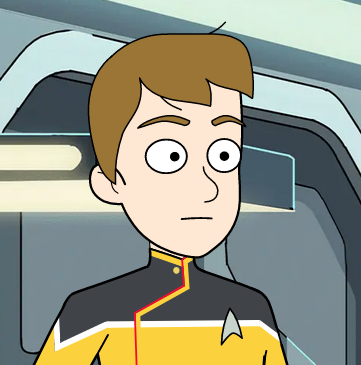"Like so many applications of AI, this new power is likely to be a double-edged sword: It may help people identify the locations of old snapshots from relatives, or allow field biologists to conduct rapid surveys of entire regions for invasive plant species, to name but a few of many likely beneficial applications.
“But it also could be used to expose information about individuals that they never intended to share, says Jay Stanley, a senior policy analyst at the American Civil Liberties Union who studies technology. Stanley worries that similar technology, which he feels will almost certainly become widely available, could be used for government surveillance, corporate tracking or even stalking.”


This is the best summary I could come up with:
The project, known as Predicting Image Geolocations (or PIGEON, for short) was designed by three Stanford graduate students in order to identify locations on Google Street View.
But it also could be used to expose information about individuals that they never intended to share, says Jay Stanley, a senior policy analyst at the American Civil Liberties Union who studies technology.
It’s a neural network program that can learn about visual images just by reading text about them, and it’s built by OpenAI, the same company that makes ChatGPT.
Rainbolt is a legend in geoguessing circles —he recently geolocated a photo of a random tree in Illinois, just for kicks — but he met his match with PIGEON.
And it guessed that a picture of the Snake River Canyon in Idaho was of the Kawarau Gorge in New Zealand (in fairness, the two landscapes look remarkably similar).
They’ve written a paper on their technique, which they co-authored along with their professor, Chelsea Finn — but they’ve held back from making their full model publicly available, precisely because of these concerns, they say.
The original article contains 1,049 words, the summary contains 181 words. Saved 83%. I’m a bot and I’m open source!
And 100% of the quality/context.